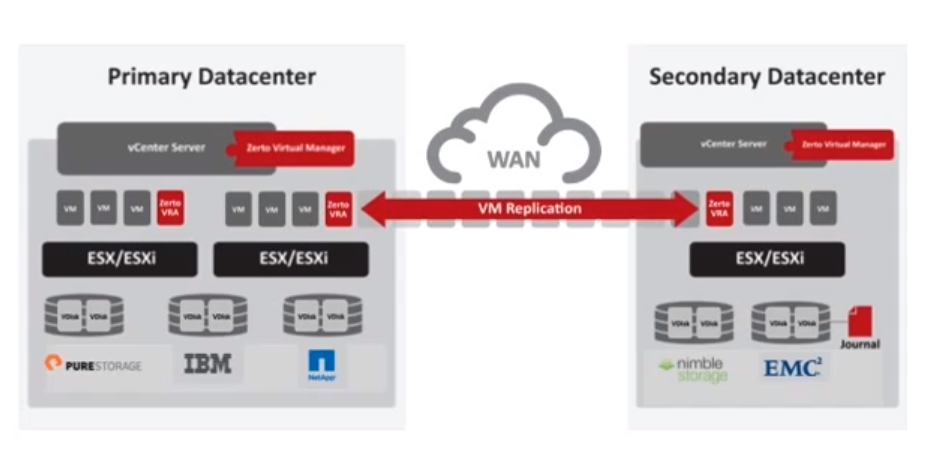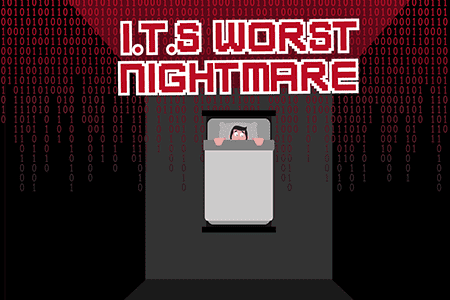
Building a Scalable Infrastructure
Guest Post by Bob Lanning, Sr. Infrastructure Engineer at Premier, Inc.

We have been automating via scripts with some of the standard command line tools available from the Zerto cmdlets as well as some of the testing APIs that were present in previous version. We are now seeing that as we add more and more virtual machines to our production environment, we need to further automate the inclusion into Zerto VPGs. The new APIs included in 4.5 that will allow us to fully manipulate VPGs as part of our normal orchestration (we use VMware Orchestrator for Production), are going to make it super easy to automate and allow more administrators to build critical Production servers and have them automatically placed in the appropriate VPG. Of course the hard part will be to make sure we have a really good knowledge of what VPG a new server should be in. This will be hopefully handle by our ticketing system, where the requestor will fill out the appropriate Application information that we will use to either build a new VPG or add to existing.
Now I am a former Windows administrator so this scripting and automation is kind of new to me. When we were building servers at a rate of 4-5 per month, using Templates in VMware was more than enough. And we typically just added the virtual machines to Zerto VPGs when we got a list for the next Quarterly Failover Testing cycle. Not super-efficient or fault tolerant, but it worked. Now we build 10 plus virtual machines per week it seems and adding many new critical applications from our never ending acquisition schedule. So automation is a must. Our Unix/Linux team built out much of our Orchestrator infrastructure (thanks Matt), so I just got to edit and learn.
Excited to see how we can use the new REST API’s to pretty much soup to nuts our Production BC/DR strategy.
Some of the new API capabilities we are planning to deploy are:
- Creating a VPG – this will be amazing as we start the build process of a new Application group. Still trying to see if it would be easier to just create the VPG manually. But that is no fun with all of these automation options!
- Updating a VPG – this to me is the magic bullet addition in 4.5! This will be the critical part of our automation effort based on a better understanding of the Applications themselves.
- Failover testing – we hope to use these features to provide some automated Monthly testing of various VPGs. We have recently proved to our Auditors that this Live failover testing CAN prove the viability of at least the virtual infrastructure portions of our BC/DR and seeing as how we are about 97% virtualized, that should reflect well on our current state. So with that said, we can now do some periodic testing and email the results to the appropriate groups, and get those check marks answered more often. That also makes me feel much better when we get ready to do a full Failover test for sure.
- I think we will also be taking advantage of the new and existing APIs to do a monthly report showing what virtual machines we have in the infrastructure that are not in a VPG. This may be a big number to start and will probably make our Zerto Sales rep happy!
I think that by fully automating our Production server build process to include Zerto protection, we will always been in a state of utmost recoverability. If we make sure that every Production system is not only built similarly, but with all appropriate protection (anti-virus, backups, system configurations and most importantly BC/DR) we can truly say that our infrastructure is protected. And, by having a fully automated solution, we can scale our offerings out quickly and easily with the same protection as when we did things one at a time!



